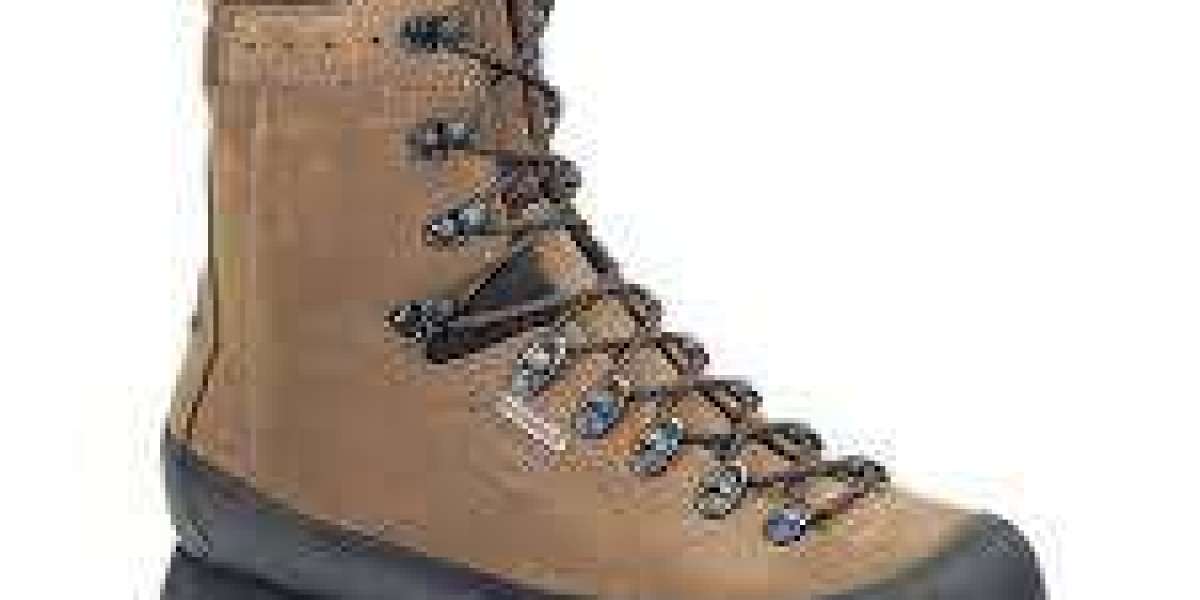Orthopedic boots, also known as medical walking boots or fracture boots, are specially designed footwear used to stabilize and protect the foot, ankle, or lower leg after an injury or surgery. These boots play a crucial role in the healing process by limiting movement, reducing stress on the injured area, and allowing for a gradual return to normal function.
What Are Orthopedic Boots?
Orthopedic boots are constructed with a hard outer shell and a cushioned inner lining. They are typically secured with Velcro straps for adjustable compression and fit. Unlike traditional casts, orthopedic boots are removable, which allows for better hygiene, easier wound care, and flexibility during rehabilitation. They come in various lengths—short, mid-calf, and tall—depending on the location and severity of the injury.
When Are Orthopedic Boots Used?
Doctors often prescribe orthopedic boots for a range of conditions, including:
Stress fractures
Ankle sprains
Achilles tendon injuries
Post-surgical recovery
Severe bruises or soft tissue injuries
Ligament or tendon tears
The boot provides immobilization, which is critical to reducing pain and preventing further damage. It also facilitates proper alignment for effective healing.
Key Benefits
One of the major advantages of orthopedic boots is their removable nature. This allows patients to perform gentle range-of-motion exercises under a doctor’s guidance, which can help reduce stiffness and maintain some degree of mobility.
Other benefits include:
Adjustability: The boots can be tightened or loosened to accommodate swelling.
Weight distribution: The sole is often designed to evenly distribute body weight and minimize pressure on the injured area.
Comfort: Padded linings and ergonomic design make the boot more comfortable than a hard cast.
Additionally, some advanced orthopedic boots come with pneumatic (air pump) systems that allow patients to inflate or deflate the boot for better support and fit.
Choosing the Right Orthopedic Boot
Selecting the appropriate orthopedic boot depends on the nature of the injury and the advice of a healthcare professional. It’s essential to follow the doctor’s instructions on how long and when to wear the boot. Improper usage can delay healing or cause new problems.
Patients should also be mindful of walking with a natural gait while using the boot to prevent imbalance or strain on other joints. Using crutches or a cane may be recommended initially to help maintain stability.
Where to Get Treatment
Orthopedic care should always begin with a thorough diagnosis by a qualified professional. Facilities like drkelkarhospital.com offer specialized orthopedic services and can guide patients through the proper use of medical devices like orthopedic boots.
Conclusion
Orthopedic boots are a vital part of recovery for many lower limb injuries. Their design helps reduce pain, protect the injury site, and support the healing process while allowing some level of mobility. If you're recovering from a foot or ankle injury, consult with a medical expert to see if an orthopedic boot is right for you.







